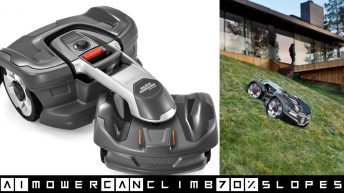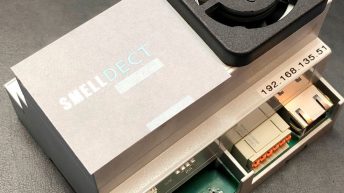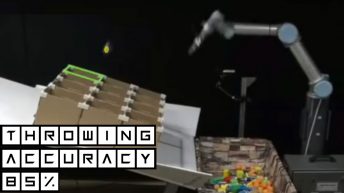To navigate like a desert ant, AntBot the robot is using two photodiodes that convert the sun’s polarized UV light into electrical signals. “This is absolutely non-conventional vision,” says study lead author Julien Dupeyroux. “These are very minimalistic sensors.”
There is a pattern in the sky, like a big map, and this pattern is used by the ant to measure the heading.
The ant will also count its steps and measure the rate at which the ground moves across the eye, to get an idea of the speed. By combining the step count and speed, it knows how far it has traveled.
This kind of visual sensor can help compensate for the limitations of GPS, which is less accurate on smartphones and even less near urban infrastructures. It could be used as an addition for precision in self-driving cars.
AntBot’s approach is valid example of how the nature can offer design ideas to overcome the shortcomings of existing technology.
Credits:
The Aix-Marseille University in France
Video: https://lejournal.cnrs.fr/videos/ce-robot-a-vraiment-le-sens-de-lorientation
Photo:Dupeyroux et al., Sci. Robot. 4, eaau0307 (2019)
Article source:https://www.wired.com/story/a-6-legged-robot-stares-at-the-sky-to-navigate-like-a-desert-ant/




